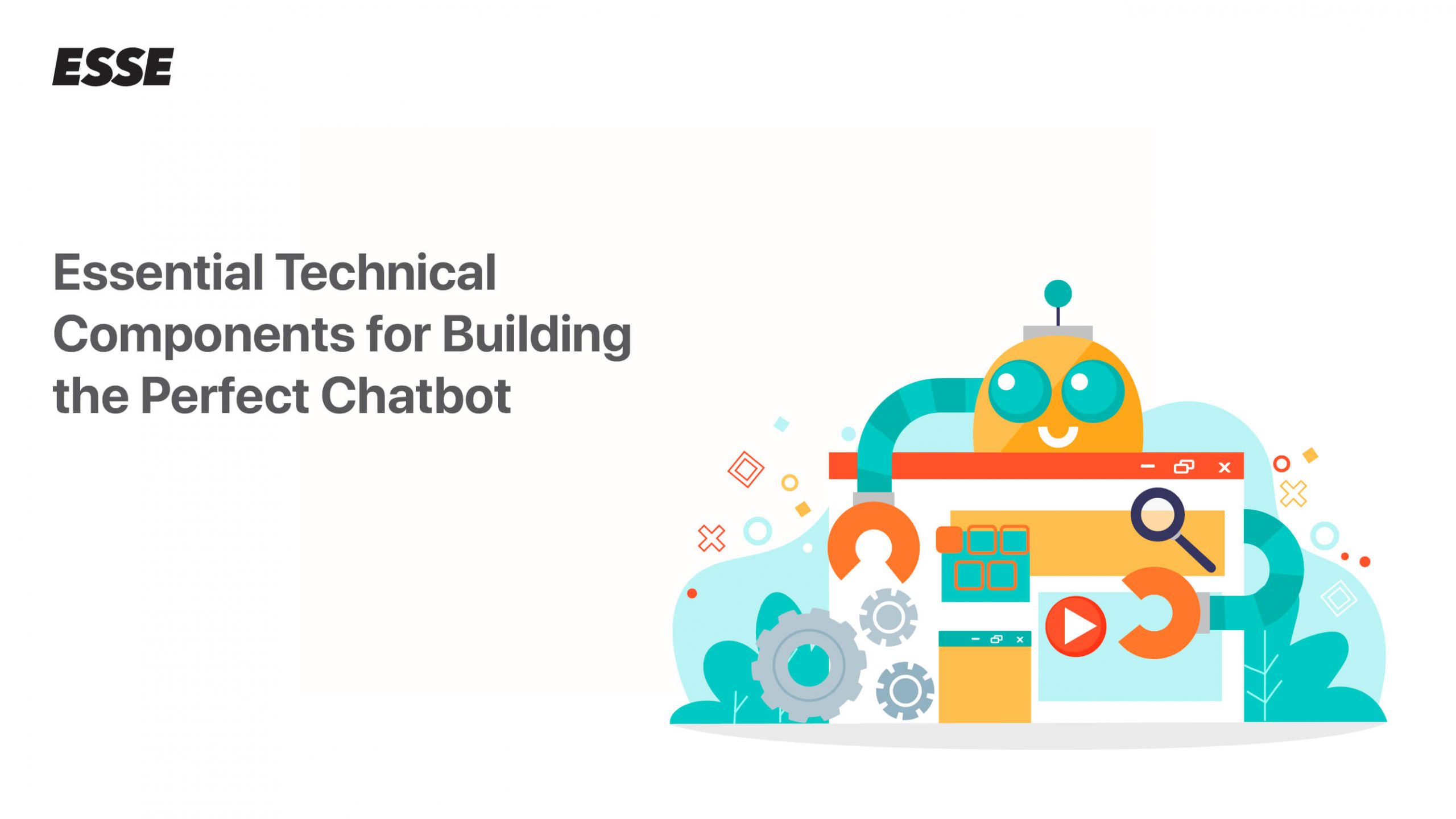In today’s digital age, businesses are turning towards AI chatbots as an efficient way to handle customer interactions. However, not all chatbots are created equal. An effective AI chatbot requires a combination of various technical components that work together seamlessly. In this article, we’ll discuss the key technical components that make up an effective AI chatbot.
Visual flow builder
A visual flow builder allows developers to create conversation flows easily, and enables zero-code bot building. This component simplifies the process of building a chatbot and enables non-technical team members to contribute to its development. The visual flow builder lets you easily manage scenarios and build a powerful chatbot that automates resolutions for customer issues. You can customize the design according to your specific business needs and improve performance based on feedback for a seamless customer experience.
Omnichannel messaging support
A chatbot should be able to communicate across multiple channels, such as websites, messaging apps, and social media. Omnichannel messaging support ensures that customers can connect with the chatbot on their preferred platform.
Sentiment analysis
Sentiment analysis is a sophisticated feature that empowers chatbots to understand and respond to customers based on their emotions. With this, chatbots can analyze opinions, thoughts, and feelings from text and audio data to comprehend customer satisfaction levels. By analyzing sentence structures, verbal cues, and the tone of the message, chatbots can quickly identify the sentiment type and analyze emotions, whether positive, negative, neutral, or objective, and generate appropriate responses that are in line with the customer’s mood and state of mind. This feature can significantly enhance the customer experience and improve engagement and retention
Chatbot analytics
This can help businesses gain a deeper understanding of their customers and make data-driven decisions. By analyzing chat conversations handled by the bot, chatbot analytics provides valuable insights into the accuracy of the bot’s responses and helps businesses track relevant chatbot KPIs. Some key metrics to evaluate chatbot performance include the total number of users, bounce rate, interaction rate, and fallback rate. By tracking these metrics, businesses can assess the effectiveness of their chatbot strategy and make improvements to better understand the customer journey.
In conclusion, the key technical components of an effective AI chatbot include a number of features like visual flow builder, omnichannel messaging support, chatbot marketing, chatbot widget customization, chatbot API, and data security and chatbot analytics. These components are essential for building a chatbot that can provide a seamless and personalized customer experience across multiple platforms. With the right combination of technical components, businesses can leverage the power of conversational AI to improve engagement, increase customer satisfaction, and drive growth.


Leave a Reply